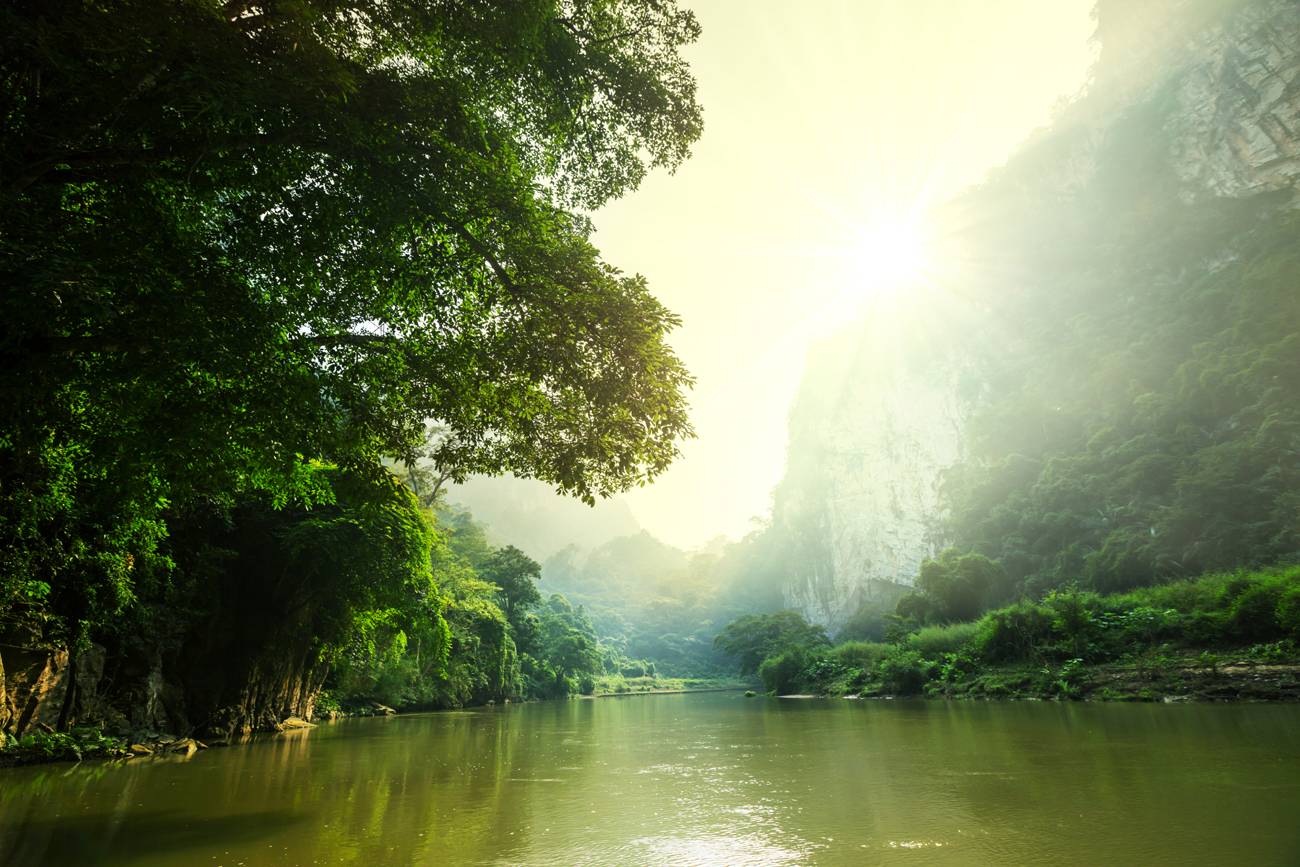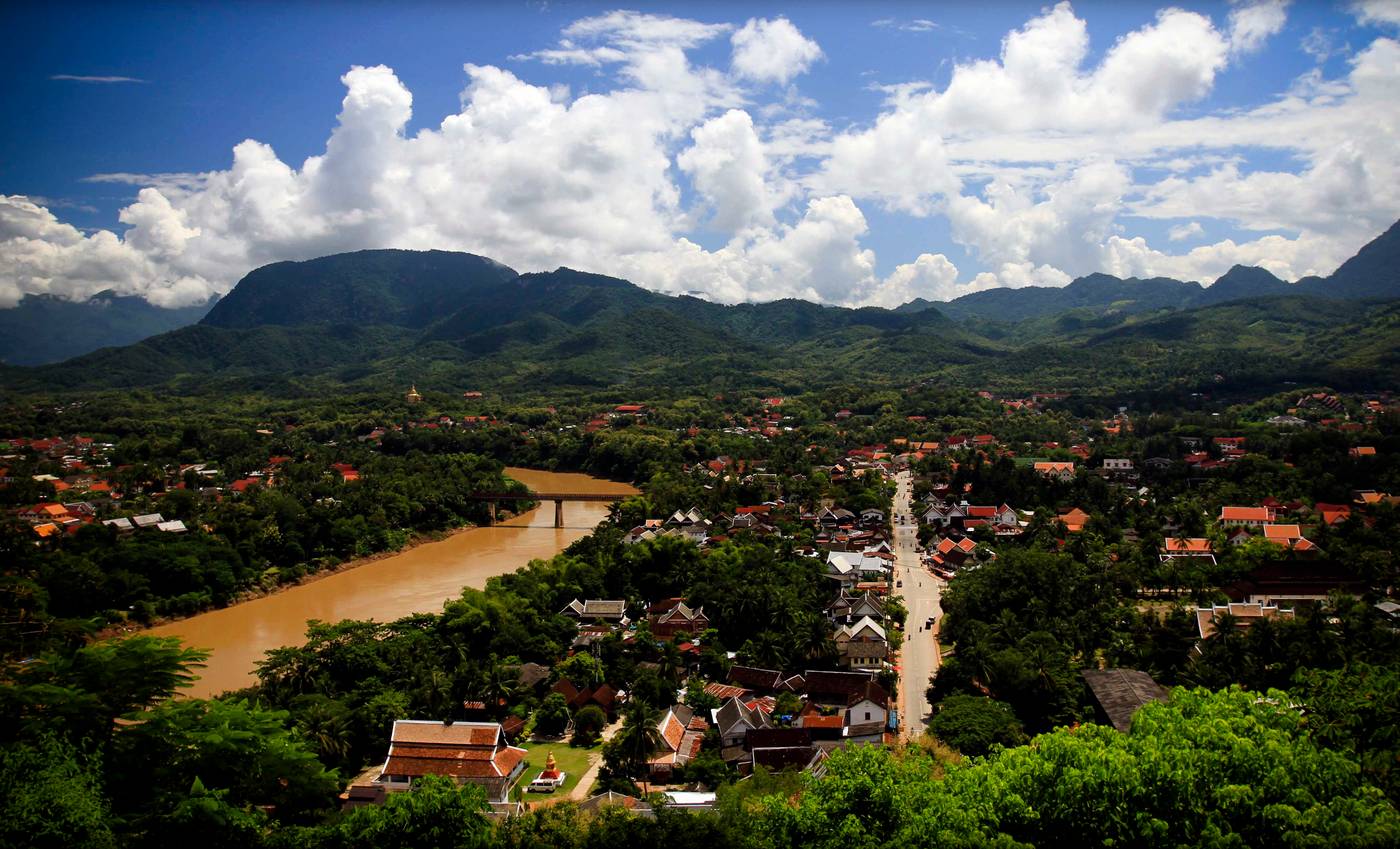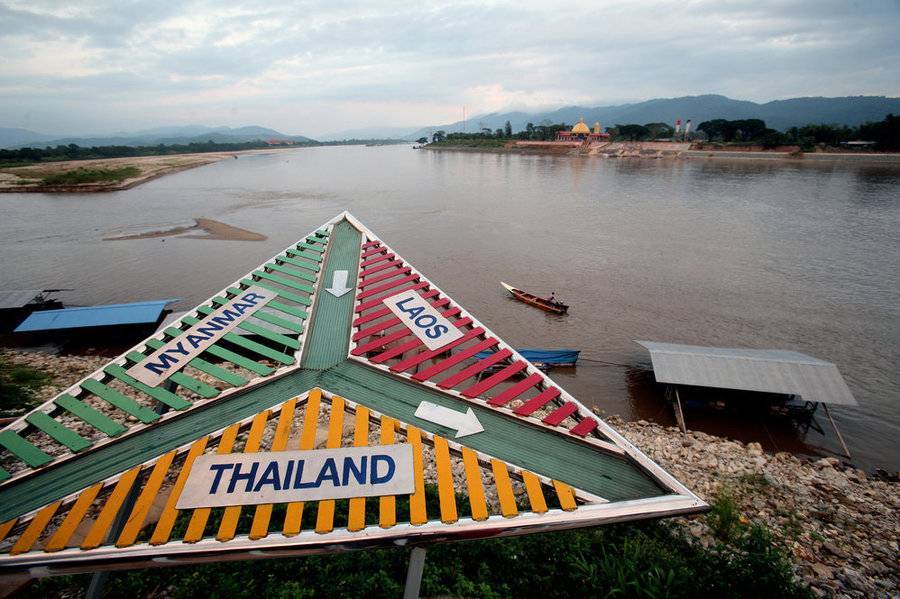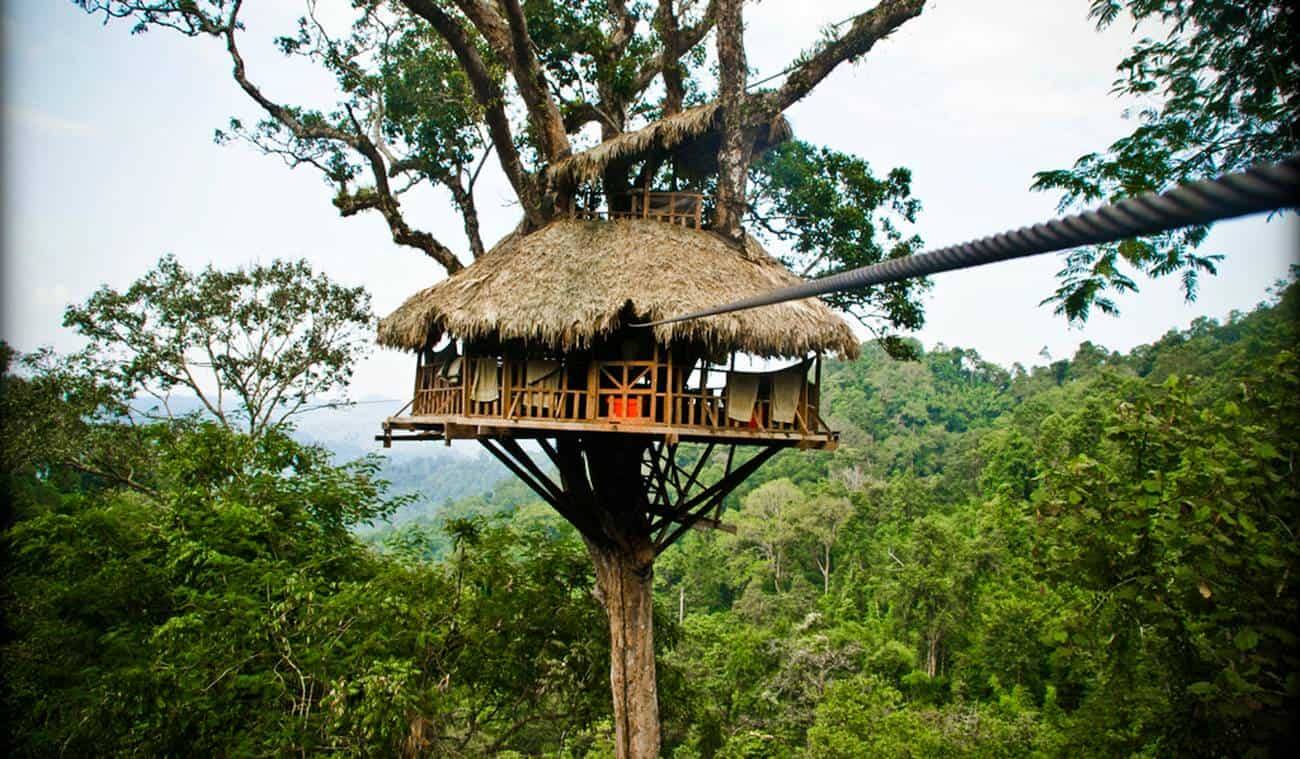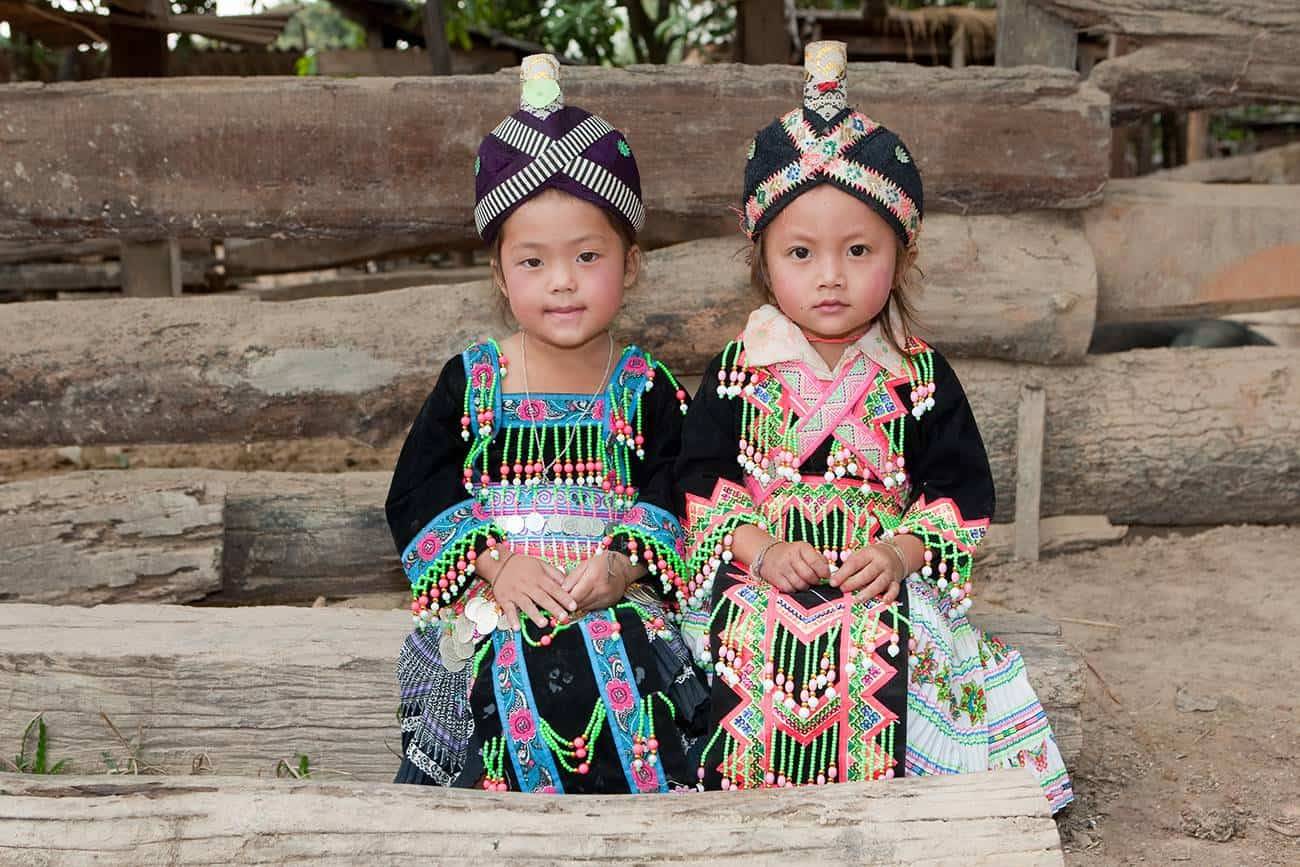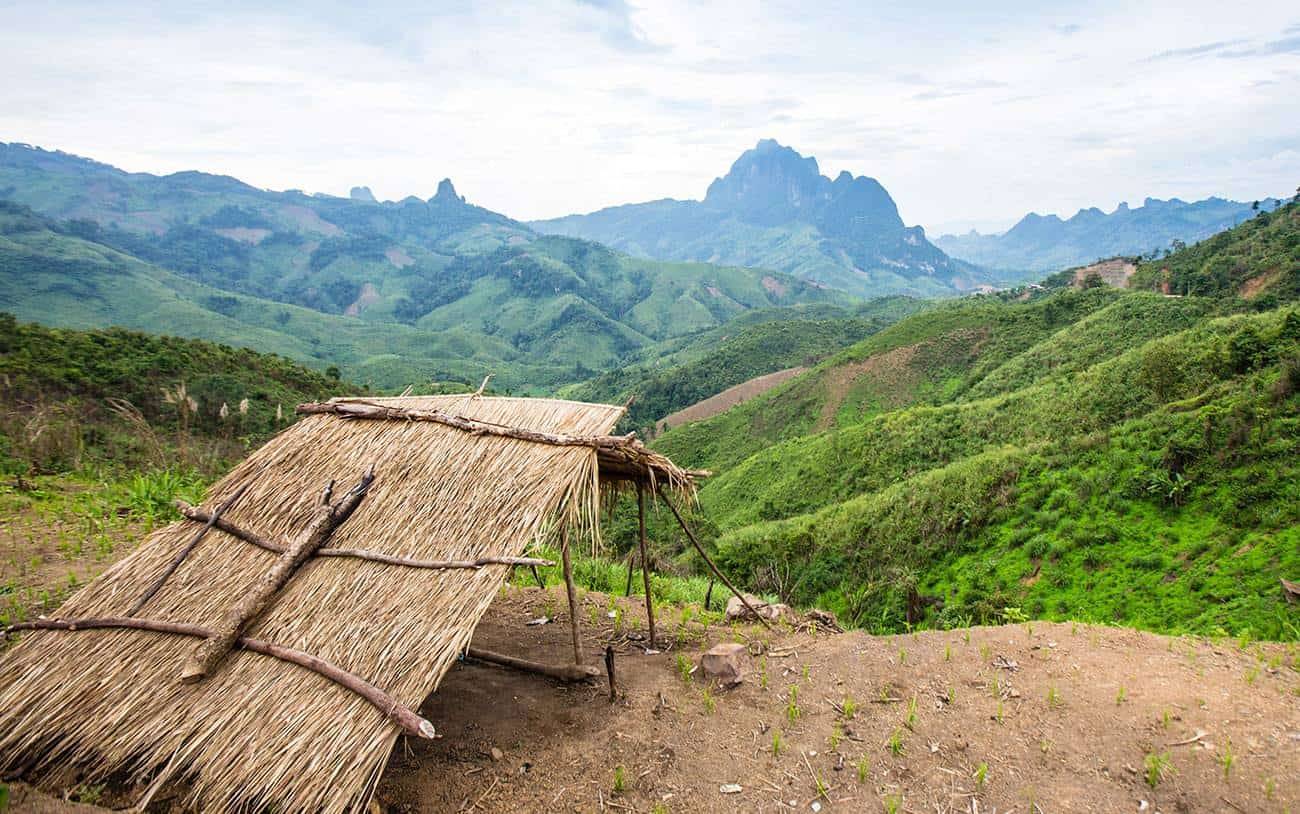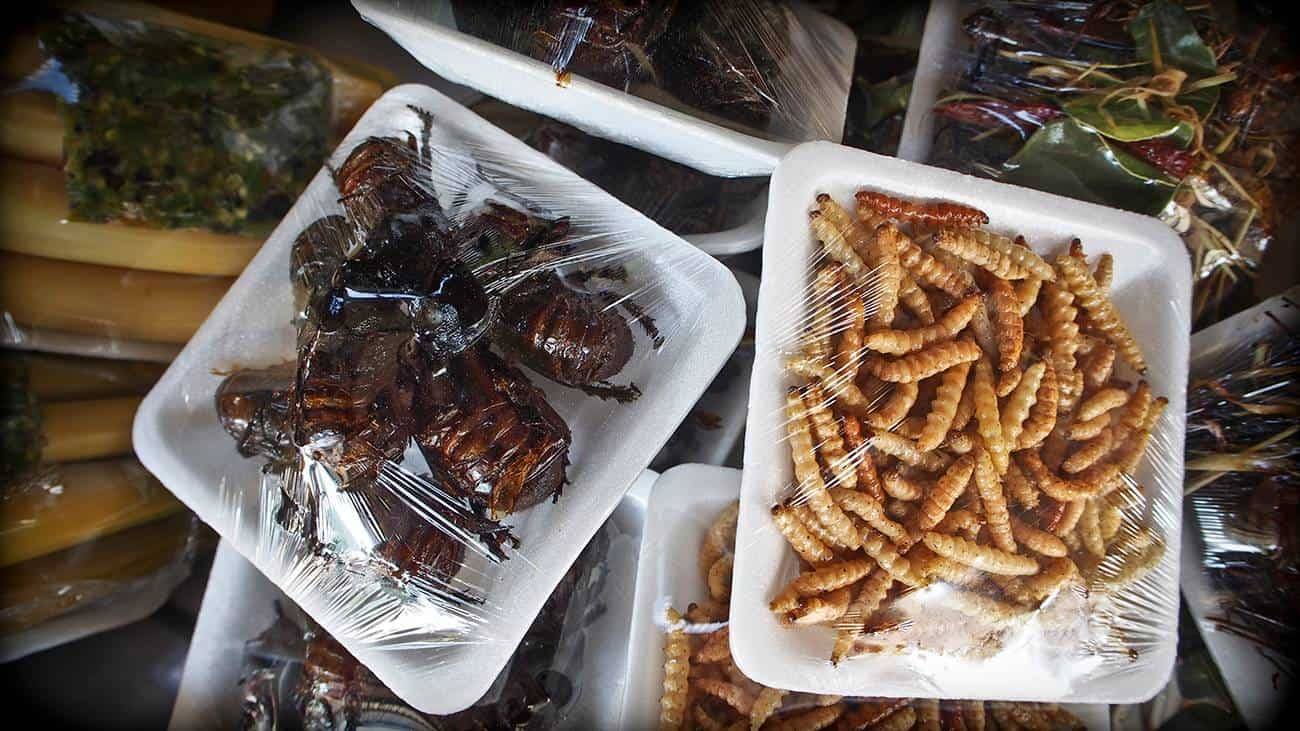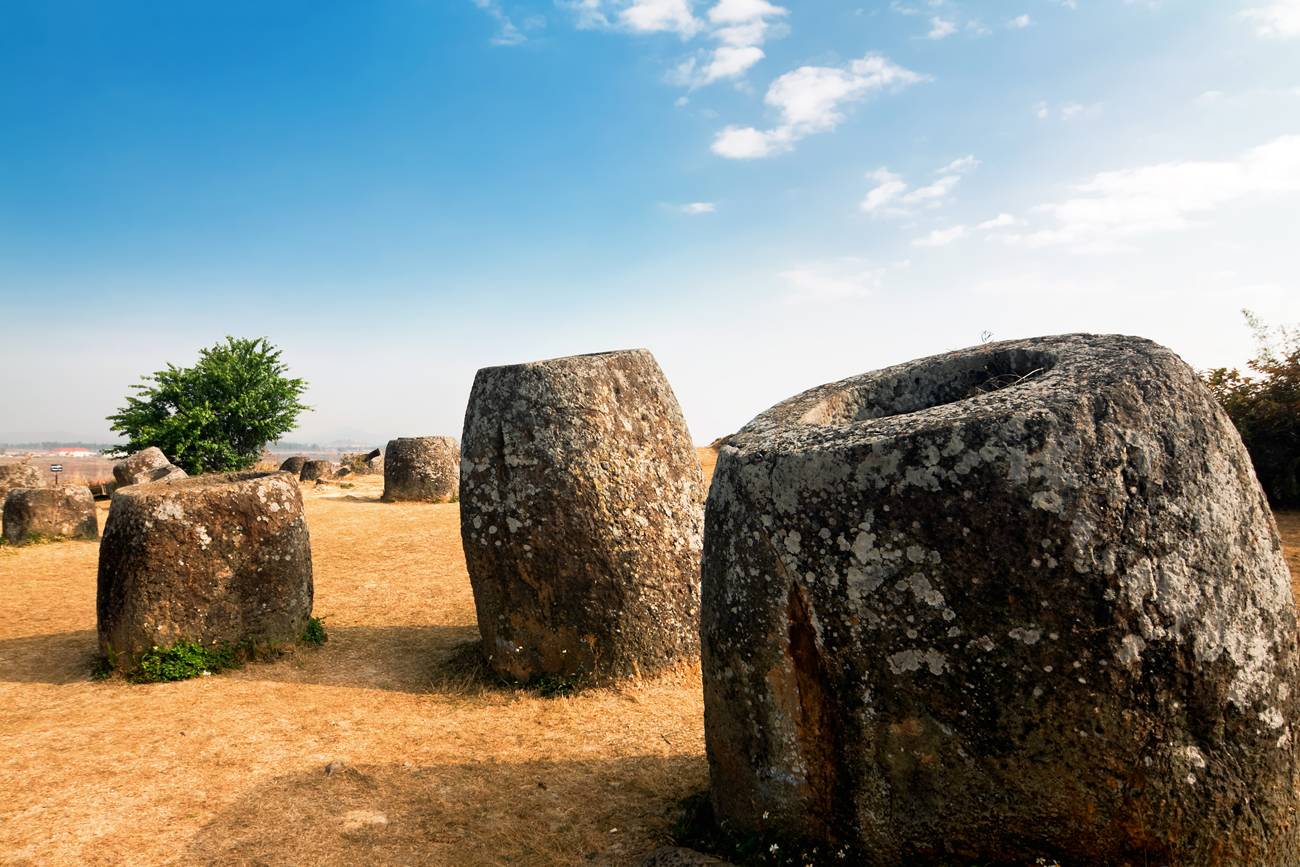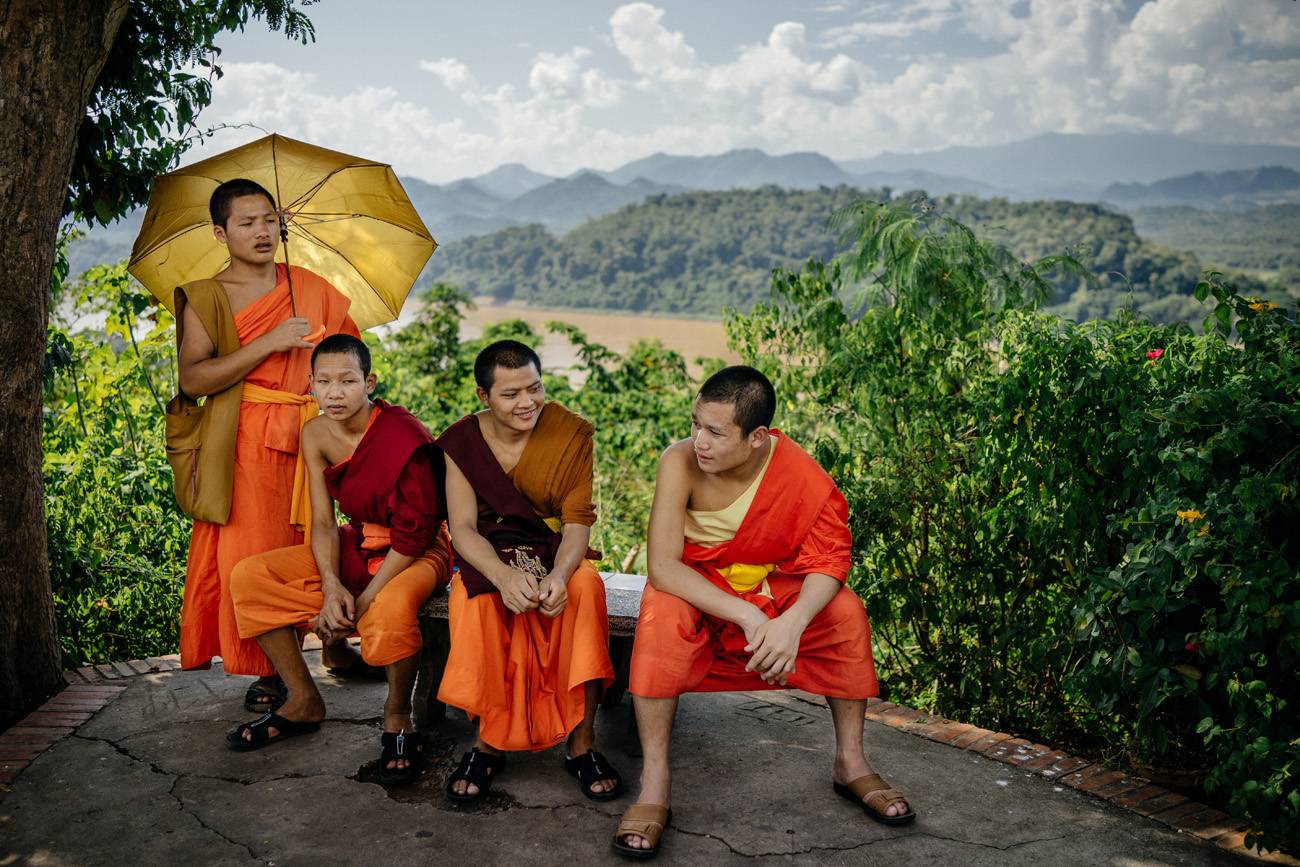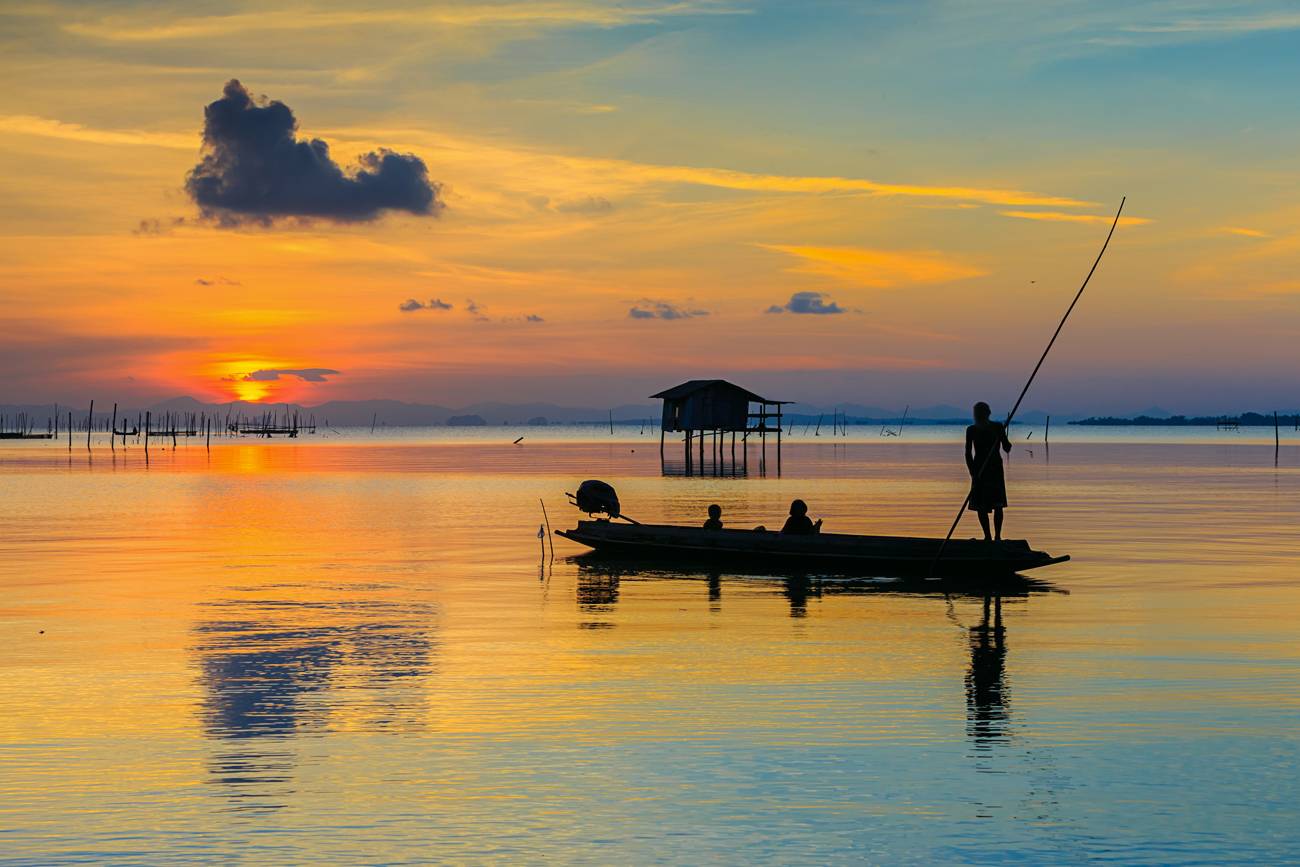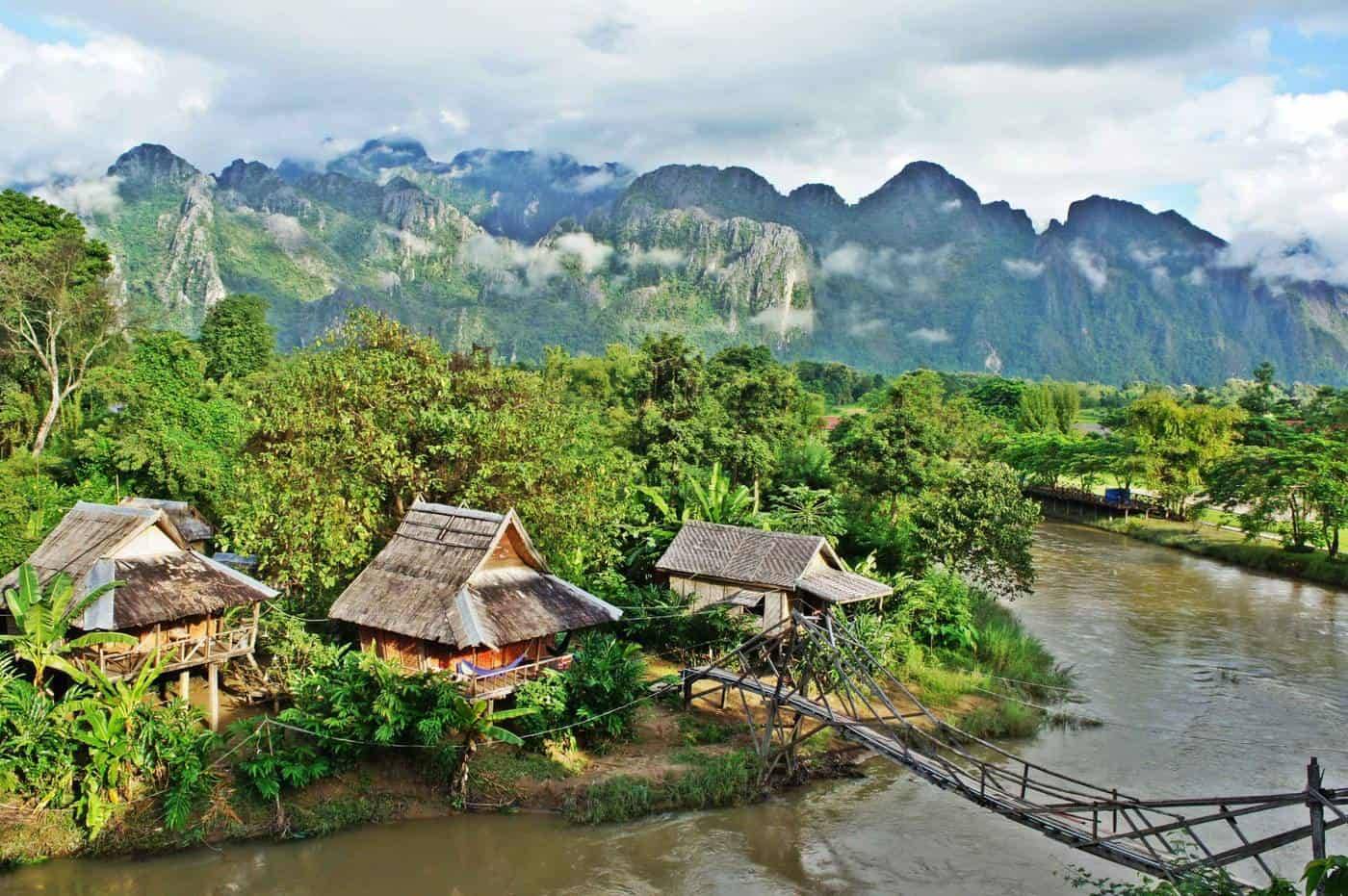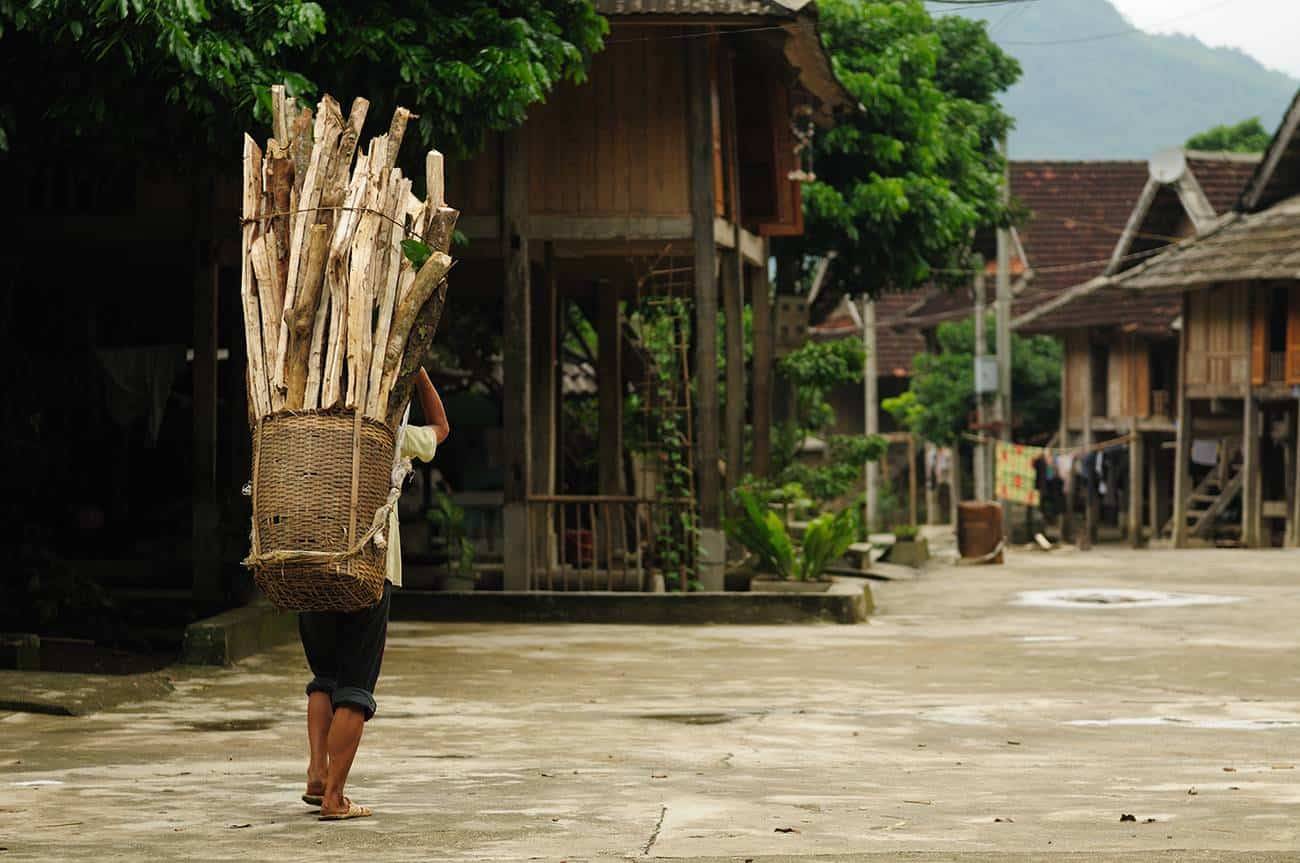
THE FAR NORTH OF LAOS
Although life in the jungle is tough, the hill-tribes of Hmong, Mien and Akha have been walking the Lao forests for centuries. Little has changed in this part of the country over the time, mainly for its inaccessibility, that provides fertile conditions for wildlife. Indeed, fauna and flora here are exceptionally diverse and abundant. Apart from numerous ethical minorities, the Lao Highland is home to leopard, panther, tiger and elephant, that widely benefit from the surrounding forests, limestone caves, deep valleys and wild rivers.
LUANG PRABANG
The ancient royal capital of Laos is the gateway to the north. Stretching on the banks of the mighty Mekong River, encircled by limestone mountains, Luang Prabang is a very scenic place. It has always been home to Buddhism. For many years young novices have been travelled to Luang Prabang from the countryside to become monks.
Inscribed on the UNESCO World Heritage List, the town truly is the pearl of the Laotian culture, with sophisticated Buddhist temples and pagodas, colonial buildings and traditional handicraft, especially woodcarving, pottery, textiles and jewellery displayed at the local markets.
Luang Prabang is the gateway to the Northern Laos and a place where the adventurous journey to the wilderness begins.
THE GOLDEN TRIANGLE
From Luang Prabang, the path leads to the notorious Golden Triangle. Historically, this vast zone overlapping the mountains of Myanmar, Thailand and Laos, has been main Asia`s illegal opium-producing area. While Myanmar sadly remains to be the world`s second-largest producer of heroin Thailand and Laos turned the region into a tourist attraction.
Today, the Golden Triangle is one of the most popular tourist destinations in South East Asia. To search around you will need to head to Houay Xai, a sleepy river town at the border with Thailand where you can either book a tour or hire a scooter and explore the area independently.
GIBBON EXPERIENCE
When in Houay Xai, do not miss out on the spectacular Gibbon Experience; an ultimate treetop adventure that will soar you above the jungle canopy and give you the once-in-a-lifetime opportunity to stay in the tree house and listen to the echoing squealing of gibbons.
The tree houses are connected with the world`s highest zip-lines that are the only way to move around. The attraction might not be one of the cheapest ones, but you will surely have any regrets about spending $200 USD for a special night high above the ground.
Check it out http://www.gibbonexperience.org/
HILL-TRIBE VILLAGES
Rent a bicycle or a scooter in Luang Nam Tha and Muang Sing and cycle along the Chinese border to interact with some of most isolated villages in the country. Especially, the children of Hmong & Leten hill-tribes are curious about strangers, so, bring simple presents like pens or pencils – they will be much appreciated.
Eco-tourism is definitely the major activity in the region but there is a lot of outdoor activities available, too. Trekking, mountain biking, kayaking and rafting on the Nam Tha and Nam Ha Rivers are well-recommended.
NONG KHIAW
Nong Khiaw is an exciting place “far from civilisation”. The small river town, situated amidst dramatic limestone landscapes, features lovely, rustic atmosphere. years ago, what attracted the visitors was rather the way of reaching the actual place – the access used to be by slow boat from Luang Prabang, taking the visitors through the most striking surrounds in Laos, up the Nam Ou River. Today, the only way to get there is by bus from Luang Prabang.
The region has much to offer: eco-tours, jungle trekking, river cruises, bamboo rafting, kayaking and village stay. It is easy to walk around and if you hire a bicycle you can explore the surrounds and visit the Pha Tok Caves, Khmu and Hmong villages, Buddhist temples and monasteries.
Hike up to the Phadeng Peak viewpoint for a wonderful 360° view on the nearby valleys. The 100 Waterfalls trek was rated one of the best hikes in Laos. There are numerous tour operators in the town where you can hire a private guide or arrange a group expedition.
Muang Ngoy, (1 hour upstream the river) makes a wonderful extension to your trip. The isolated village is encircled by nothing but sheer wilderness and nature. It is considered to be the most charming village in the region.
VIENG PHOU KHA
The Northern Laos is renowned for some of the most spectacular trekking opportunities in the whole of South-East Asia. It is the inaccessibility that makes the northern regions so pristine and untouched. The way of life is very naive and the locals are not used to meeting many Westerners. Yet, they are very friendly and generous.
Vieng Phou Kha is a mountainous province, not far from the Burmese border and it is the gateway the Nam Ha National Bio-Diversity Conservation Area, known for eco-tourism. The area is home to a variety of ethnic groups and exotic wildlife such as Assam macaque, tiger, clouded leopard, elephant and the rare muntjac.
NAM ET-PHOU LOUEY & NAM XAM
Another national park, rich in fauna and flora and great trekking, stretches along the eastern border with Vietnam.
Nam Et-Phou Louey conservation area is said to be the home to last remaining tigers in Indochina. Human access is generally prohibited but there are limited jungle expeditions, Sarafi tours, jungle camping available in Vieng Thong where the headquarters of the national park is and a small visitor centre.
Besides, there are many biking and walking trails, as well as hot springs. The visitors can interact with the ethnic groups of Tai Dam, Tai Daeng, Tai Kao, Tai Puan, Tai Lue, Tai Yuan, Khmu, Hmong Kao, Hmong Lai, and Yao.
The nearby Nam Xam Bio-Diversity Reserve is instead known for a large number of Asian elephants living in their natural environment. Take a look at the Viengxay caves – an extensive network of limestone caves. 480 of these caves were used by the Lao soldiers during the Indochina War to protect themselves from American bombing.
PHOU DEN DIN
If you have some spare time pay a visit to the north-east of Laos and wander through the pristine forest of the Phou Den Din National Park, stretching along the northernmost Vietnamese border. This is the least accessible region of Laos and a wonderful extreme hiking destination.
You will have to take all the essential equipment and a survival kit, sufficient food, some decent camping gear and preferably hire a local guide. Access is from the town of Phongsali, only by boat upstream the Nam Ou and Nam Khang Rivers (a day trip) or on foot (2-day trip).
LAO FOOD
Food is an important part of every culture, and in Laos you will be given unique opportunity to try some of the most bizarre meals in Asia. The north of the country is heavily influenced by the Chinese and Vietnamese cuisine – and the local goodies reflect that.
Seeing the street food displays, you might often prefer staying hungry then having a taste, especially when it comes down to the local snacks. Have you ever heard of “dried rat”, mouse skewers or fresh silkworms? Well, they are all edible.. In fact, either of them is a protein bomb. It is time for you to get bold!
NOTE
Northern Laos presents an extreme off the beaten track adventure. This part of the country is fairly isolated, hence always consider plenty of time for transportation. Many villages are only accessible by boat, the locals have a little time perception and everything here depends on weather and luck. Travellers will need to be patient and endurant.
WHEN TO TRAVEL
The best time to visit North Laos is between October and April. Weather in these months is usually drier than normal. However, Laos gets heavy rainfalls throughout a year. Moreover, the temperatures in high altitudes can get quite low, especially at night time.
HOW TO GET THERE
Fly to Luang Prabang (via Vientiane).
Otherwise, you can take a shuttle bus to Luang Prabang from any other region in Laos. There are good bus connections between Laos, Thailand and Vietnam, as well.
Luang Prabang is the gateway to the Northen Laos. Here you can arrange a local bus/boat or a package tour to any of the above-mentioned destinations.
For all international flights go to www.skyscanner.com or www.momondo.com
